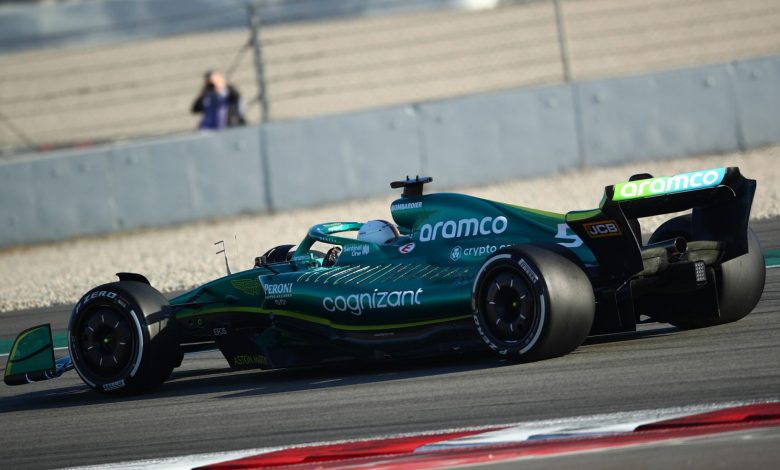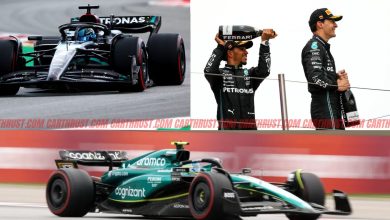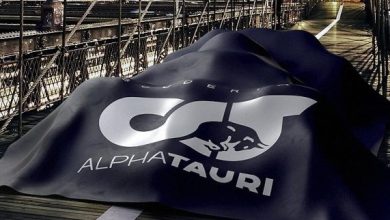What is “porpoising” and why it is giving the F1 teams a hard time?
There's a new phenomenon on the new-for-2022 cars giving teams and drivers a hard time- we explain why it occurs.

To all the F1 fans active on social media, everyone must’ve seen a video of Charles Leclerc’s Ferrari bouncing up and down quite violently while blasting down the Barcelona straight. Though it looks supremely cool as it makes it seem like the driver is jamming hard to some beats while driving, it is actually giving the drivers a lot of trouble and a big headache as well- here’s why.
These new 2022 cars have returned to the era of “ground effect”, a term made famous by F1 in the late 70s and early 80s. In this, the underside of the car effectively becomes a wing, wherein it will slowly lift the car down as the speed keeps getting faster and more air gets sucked in, which in turn generates an extremely high level of downforce. Once the bottom of the car’s floor hits the track, the suspension then violently pulls the car up to keep the car stable. At these speeds, however, the process is a continuous one, and the process repeats itself until the car has to slow down for Turn 1.

This wouldn’t have normally been an issue if the teams had known about it, but apparently none of the 10 teams even knew that this could be a possibility- not in their private tests, not in the wind tunnels, and so they also had to effectively learn it as time went on! The concerns for driver safety are center place, because do consider this- repeated bobbing up and down at 300kph+ will certainly affect the drivers by making them dizzy and in some extremely violent cases of porpoising, even hurt their ability to see their braking points and more properly, opening the door wide for a possible crash. So, is there really no solution to this?
There is a solution, but the question arises, “Do the teams and drivers really need it?” This is because, despite repeated porpoising, the cars are going fast and are also covering a huge distance every day. The only way to reduce the chances of this process happening is to raise the car’s ride height, which might help reduce the effect of bouncing which porpoising causes, but will give the cars a tough time in the corners due to the reduced downforce created- not something the teams or drivers are willing to sacrifice to avoid porpoising! Below is a video from the official F1 YouTube channel explaining the same in better detail.
The most popular example of porpoising is given with Charles Leclerc’s car bouncing up and down, and he went quickest yesterday on Day 2 of testing, and also completed over a full race distance worth of ground in a single session, proving that unless the driver is being affected by the process, there is actually very little impetus to sacrifice cornering performance to avoid this happening if the drivers can comfortably cover long distances without reporting any discomfort caused due to this.
And that was a brief explanation of what porpoising is, and why could cause potential problems for the drivers and teams. Though the performance wasn’t affected, we can be certain that drivers will have an issue with this if it gets too bad- in the 2020 Emilia Romagna GP, Kevin Magnussen complained about getting a massive headache due to the vibrations caused due to the car repeatedly bouncing up and down, which is an eventuality if reached in these cars will result in a call for driver safety over a few extra points of downforce. It will be interesting to see how the teams tackle this new shortfall presented to them, and whether the drivers come out and call out this new effect as giving them focus issues while travelling at speeds in excess of 300 kph.





One Comment